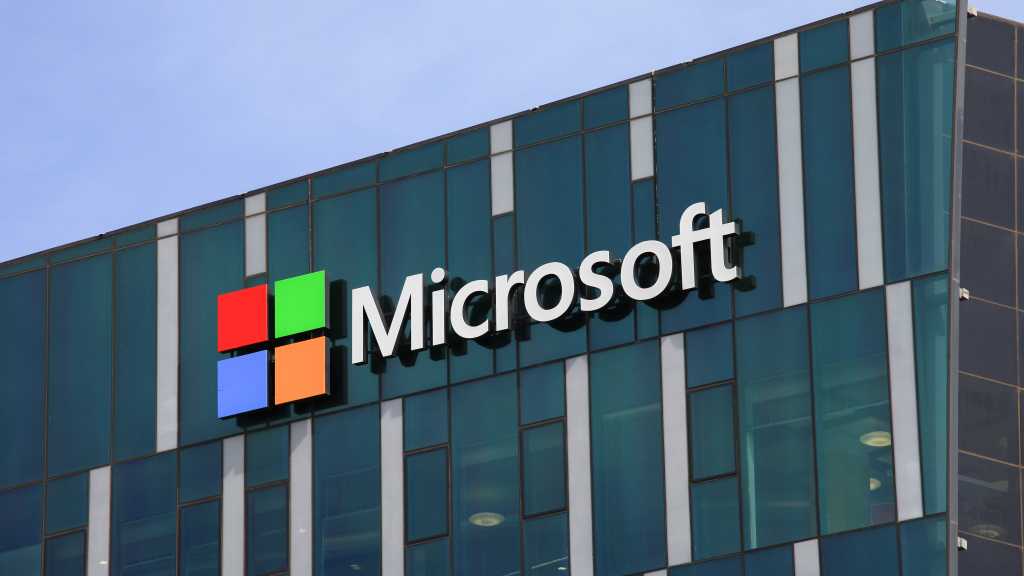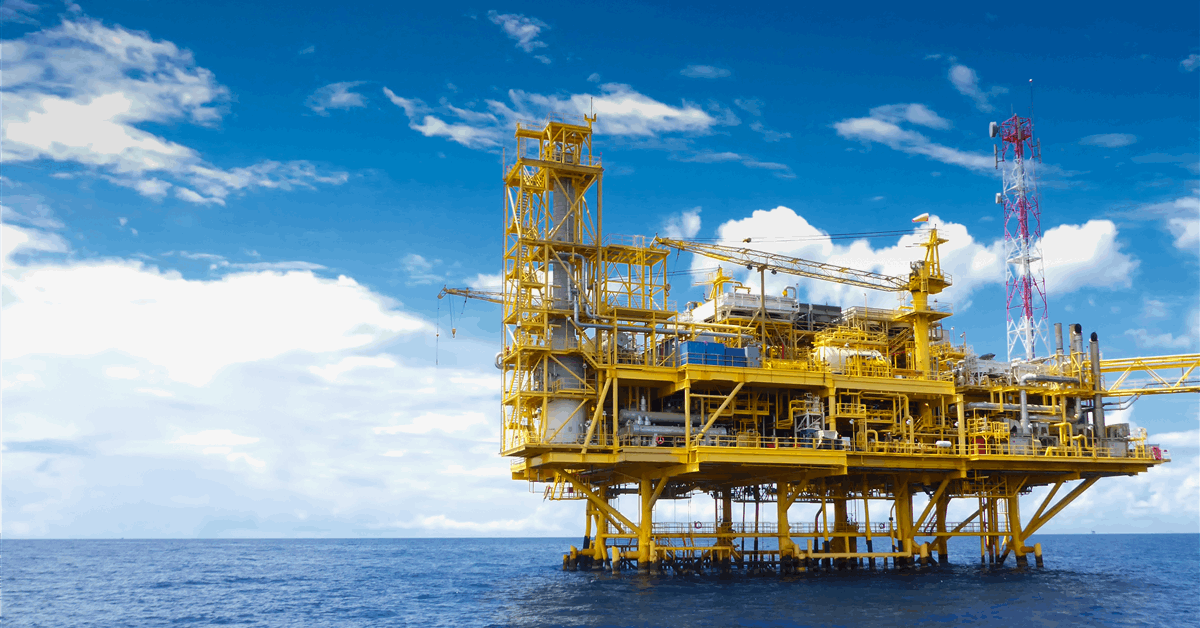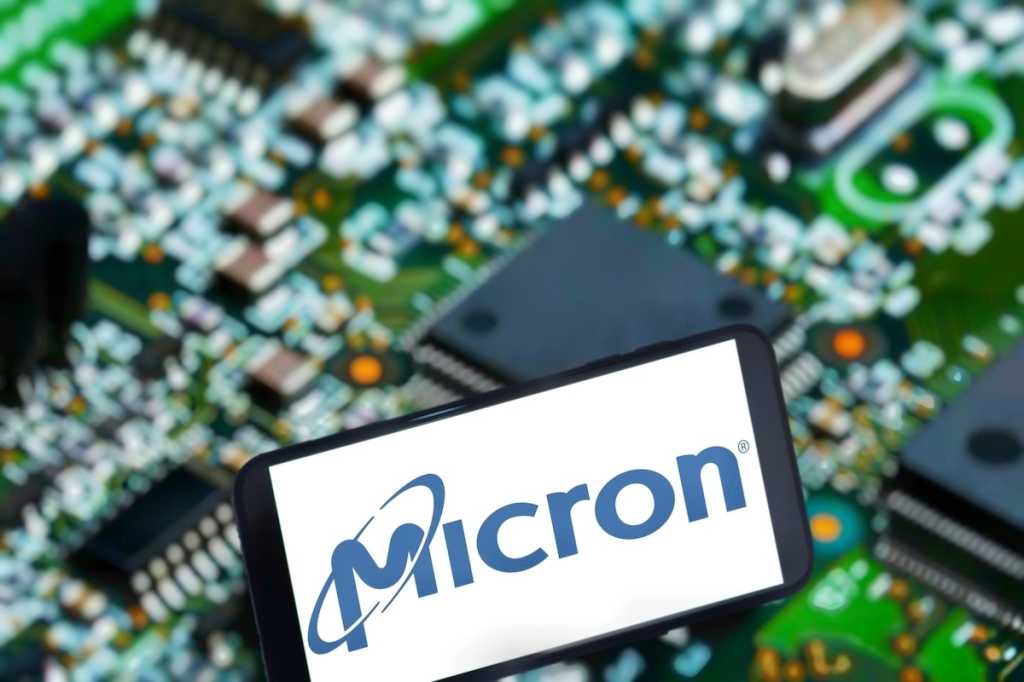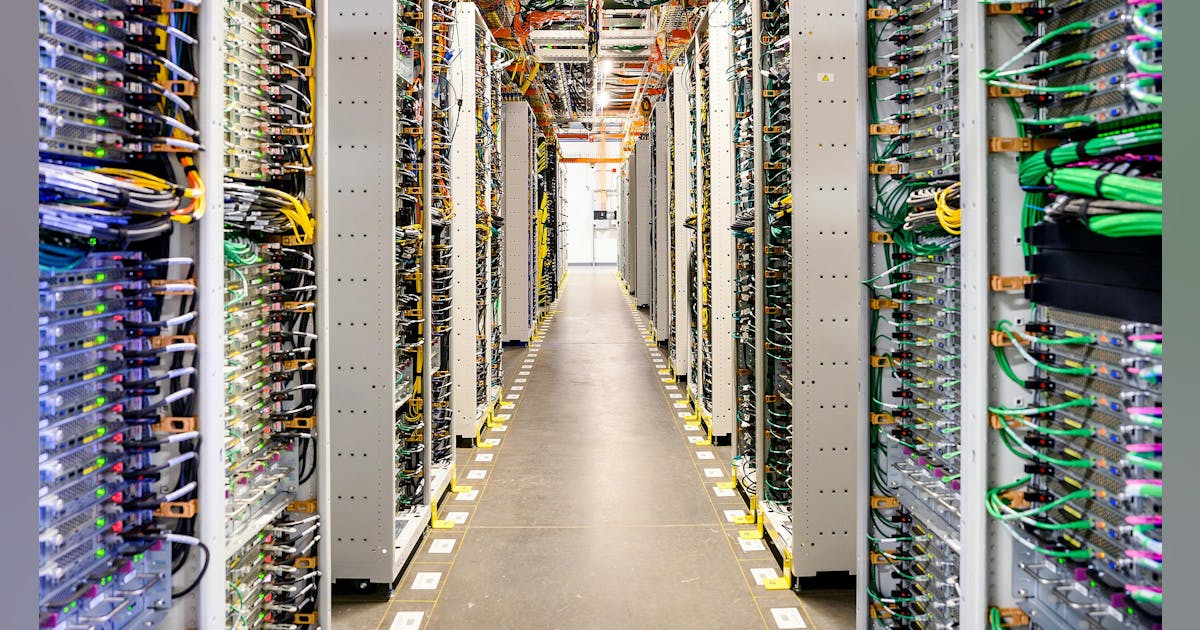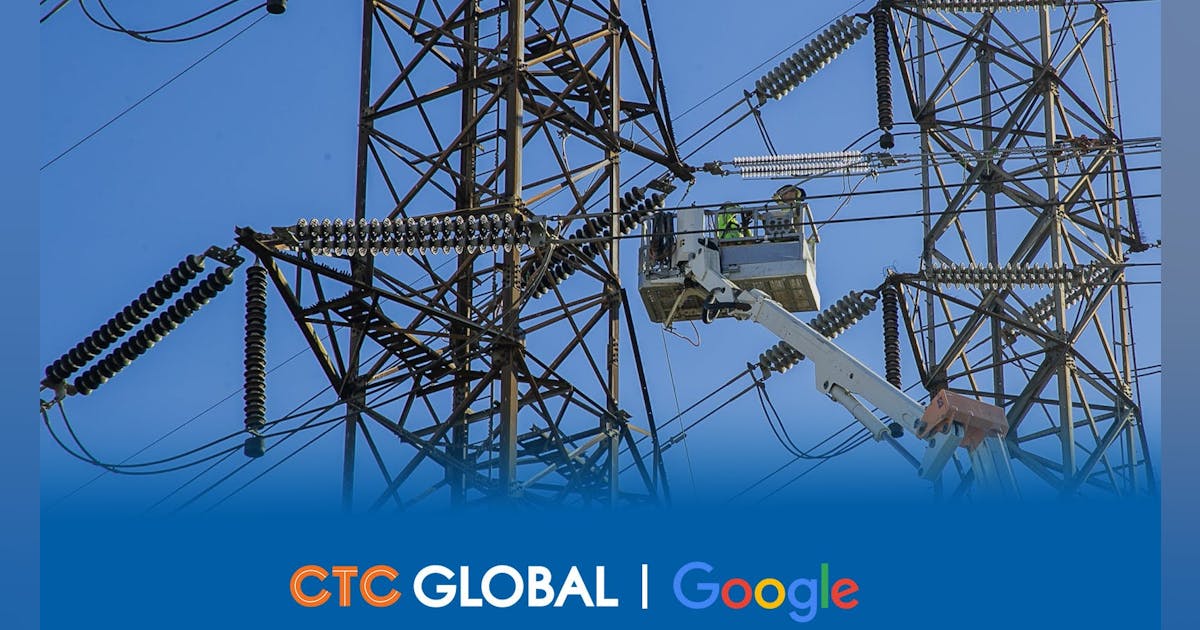
Shell Plc reported second-quarter profit that dropped by 32 percent but beat analyst expectations, which had been lowered after a bearish trading update earlier this month.
Shell’s shares were up 2.7 percent in London on Thursday morning, after the company reported the earnings beat and maintained its pace of buying back $3.5 billion of shares in the quarter. Analysts noted that Shell’s cash flow from operations of $12.3 billion was well ahead of consensus expectations of $10.1 billion.
The drop in profit from a year earlier reflected lower oil and gas prices, as well as weaker performance from the company’s oil traders. Shell Chief Executive Officer Wael Sawan has spent the past two years seeking to cut costs, improve reliability and shed underperforming assets in an effort to close a valuation gap with Shell’s US rivals. The “sprint” has begun to pay off, as the company has outperformed its Big Oil peers so far in 2025.
Maintaining the buyback level “should be well-received,” said Jefferies analyst Giacomo Romeo said.
“It’s been quarter after quarter of just steady delivery,” Sawan said in an interview with Bloomberg Television. “That’s 15 quarters in a row where we are delivering 3 or more billion dollars per quarter buybacks and that’s key for us.”
Shell reduced its structural costs by a further $800 million in the first half, bringing the pre-tax total since 2022 to $3.9 billion, it said. Net debt rose to $43.2 billion from $41.5 billion in the first quarter.
Analysts had cut their forecasts for earnings after Shell warned July 7 that earnings from its fabled trading division would be “significantly lower” than the prior quarter. Shell’s traders are often one of its biggest profit boosters, and Sawan said in March that its traders haven’t lost money in a single quarter over the past decade. Shell doesn’t break out its trading results separately.
Adjusted net income for the second quarter was $4.26 billion, the London-based company said in a statement on Thursday, compared with $6.29 billion a year earlier. That beat the average analyst estimate of $3.74 billion.
Europe’s largest energy major faced whipsawing markets in the three months ended June, from US President Donald Trump’s escalating trade war to OPEC+’s shock decision to accelerate production increases, capped by the brief war in the Middle East. Crude prices ultimately ended the quarter about 10 percent lower.
While commodity traders usually thrive on volatility, Sawan is the latest in a string of energy executives who have complained in recent weeks that the erratic nature of the recent price swings has made them harder to trade on. Shell had already warned earlier this month that earnings from both oil and gas trading in the quarter were “significantly lower” than the previous three months.
“We saw the oil prices go up and down with very little impetus for supply-demand imbalances or changes in physical flows,” Sawan said. “This was really paper based volatility. We are much more of a fundamentals-based trader so we chose to be a bit more risk-off.”
Oil prices have recovered 8 percent since the end of June, as strong northern hemisphere summer demand helps offset the impact of added OPEC+ supply and slowing global economic growth. However, expectations are mounting for a significant surplus in 2026.
Shell reiterated plans to spend between $20 billion and $22 billion this year. The company has stood out from its peers by sticking to plans for capital spending this year even as oil prices entered a prolonged period of uncertainty. In its first-quarter earnings report in May, the company said that it had the financial strength to weather any weakness in energy markets. At the time, rivals BP Plc and Eni SpA chose to trim capital investments.
Shell’s results come just a month after the company said it had no intention of making an offer for UK competitor BP Plc, in response to a media report. The announcement squashed a long period of speculation and will tie its hands for the next six months under UK takeover rules.
What do you think? We’d love to hear from you, join the conversation on the
Rigzone Energy Network.
The Rigzone Energy Network is a new social experience created for you and all energy professionals to Speak Up about our industry, share knowledge, connect with peers and industry insiders and engage in a professional community that will empower your career in energy.

